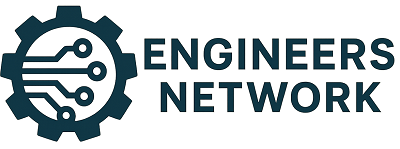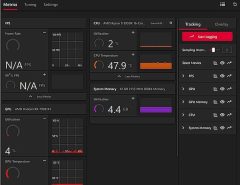All software engineers must know their FTR, or Formula for the Response. But what is this? This article will break down FTR as it pertains to software engineering and give you a better understanding of how you can use this in your programming work.
What is FTR in Software Engineering?
FTR stands for “Functional Test Runner.” It is a tool that can be used in software engineering to automate the execution of functional tests.
How Does it Differ from the Other Requirements Analysis Tools?
FTR is a software engineering requirement analysis tool that is different from other requirements analysis tools. FTR can help you understand the context of your requirements and how they relate to other requirements. Additionally, FTR can help you identify risks and potential issues with your requirements.
Most software engineering tools focus on requirements analysis, the process of extracting and documenting the specific needs of a system or application. FTR is different in that it also focuses on creating and maintaining software traceability diagrams.
FTR helps identify the dependencies between modules and components, as well as their interactions. This information can be used to create test cases and maintainability metrics.
When Should You Use FTR?
FTR stands for “For The Record.” FTR is a tool that helps developers track the changes they make to their code. It can also help them document their code and keep track of the changes they make. In software engineering, FTR is often used to record the steps you take to solve a problem. You can use FTR to document your code, improve your coding style, and track the changes you make.
You should use FTR when you need to visualize the flow of your code and track the interactions between different modules or parts of your software. FTR can help you understand how your code works and how it interacts with other parts of your software.
Conclusion
Free and fault-tolerant (FTR) software is a type of software that behaves in the event of failures by automatically restoring previous states. This allows for uninterrupted service when errors or faults occur, as opposed to traditional methods where services are restarted from scratch. FTR software is commonly used in mission-critical systems, such as banking, finance, healthcare and telecommunications.





Leave a Reply